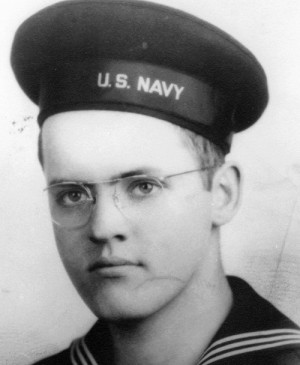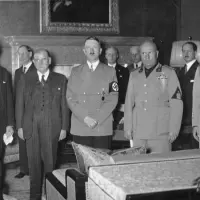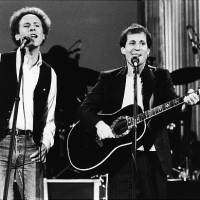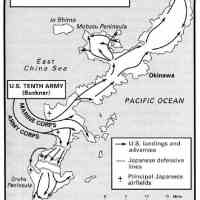On September 3, United States, Great Britain, Spain and France sign the Treaty of Paris 1783 and the American Revolution officially comes to an end. This gave the United States status as a free nation and the boundaries of the new republic were agreed upon. It would be Florida north to the Great Lakes and the Atlantic coast west to the Mississippi River. The red section shown on the map below in the east which included the thirteen former colonies.

The United States expanded from the original 13 colonies in a series of deals that began in 1783 with the Treaty of Paris.
The American Revolution began in April 1775, in Lexington, Massachusetts, when American colonists answered King George III’s refusal to grant them political and economic reform with an armed revolt. More than a year into the war, the Second Continental Congress officially adopted the Declaration of Independence on July 4, 1776.

John Trumbull’s Declaration of Independence, showing the five-man committee in charge of drafting the United States Declaration of Independence in 1776 as it presents its work to the Second Continental Congress in Philadelphia
After five long years of war, British General Charles Lord Cornwallis surrendered to American and French forces at Yorktown, Virginia in October 1781, bringing to an end the last major battle of the Revolution.
In September 1782, Benjamin Franklin, along with John Adams and John Jay, began official peace negotiations with the British. The Continental Congress had originally named a five-person committee–including Franklin, Adams and Jay, along with Thomas Jefferson and Henry Laurens–to handle the talks. However, both Jefferson and Laurens missed the sessions–Jefferson had travel delays and Laurens had been captured by the British and was being held in the Tower of London. The U.S. delegation, which was distrustful of the French, opted to negotiate separately with the British.

The American Peace Commissioners.
Reproduction of unfinished painting by Benjamin West, no date recorded.
Prints & Photographs Division.
Reproduction Number:
LC-USZ62-70531
During the talks Franklin demanded that Britain hand over Canada to the United States. This did not come to pass, but America did gain enough new territory south of the Canadian border to double its size. The United States also successfully negotiated for important fishing rights in Canadian waters and agreed, among other things, not to prevent British creditors from attempting to recover debts owed to them. Two months later, the key details had been hammered out and on November 30, 1882, the United States and Britain signed the preliminary articles of the treaty.
France signed its own preliminary peace agreement with Britain on January 20, 1783, and then in September of that year, the final treaty was signed by all three nations and Spain. The Treaty of Paris was ratified by the Continental Congress on January 14, 1884.



 Check out my other blog
Check out my other blog I'M PUBLISHED
I'M PUBLISHED I'm Published Again
I'm Published Again








